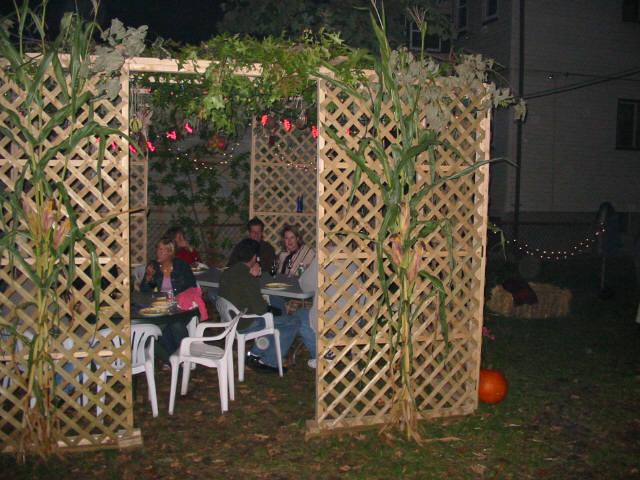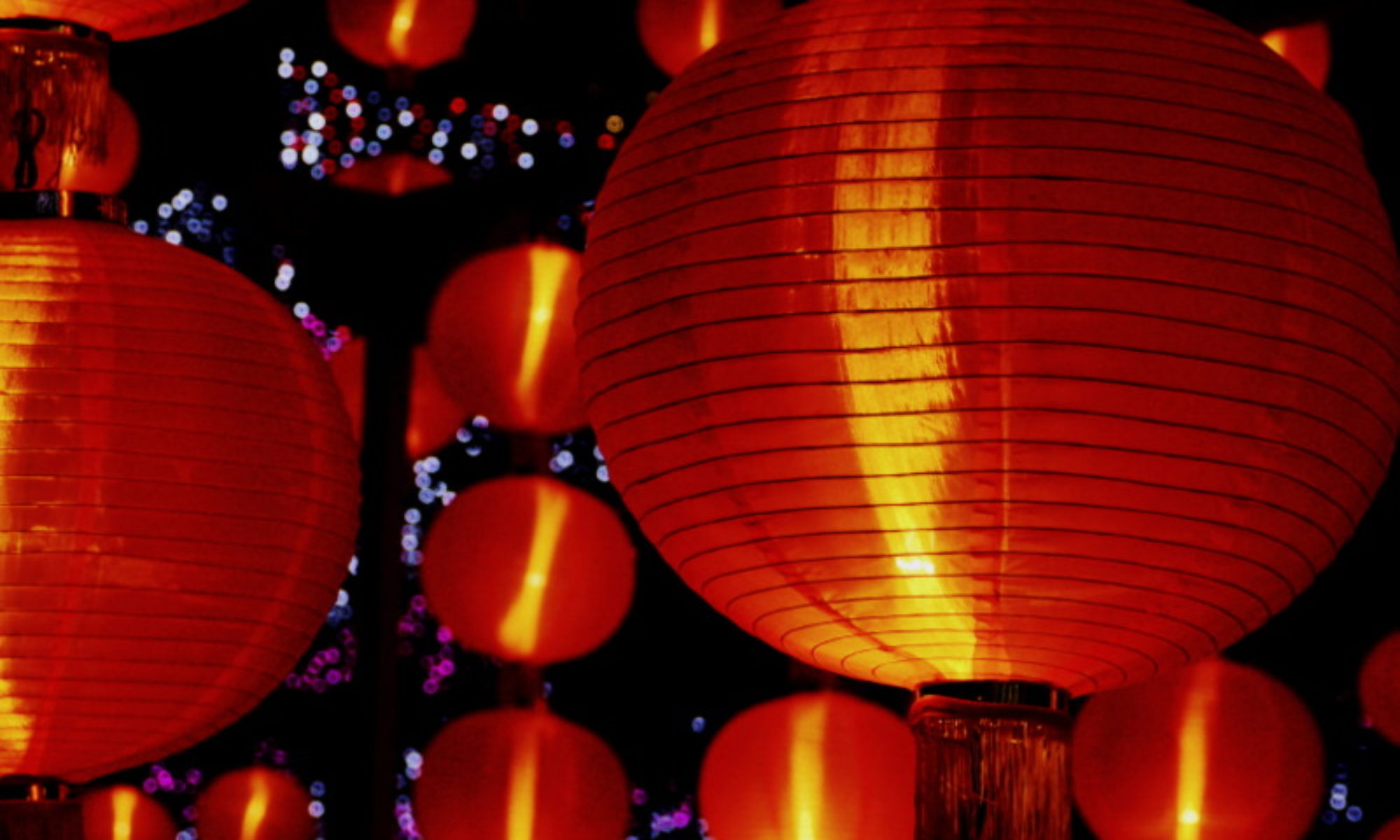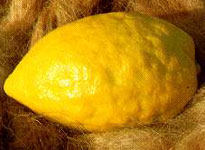15th of Tishri (October 12-19, 2011)
In the month of Tishri, Jewish holidays go from one extreme to the other. The month begins with the spirited Rosh Hashanah (Jewish New Year) to Yom Kippur (Day of Atonement), the most solemn fasting day in the Hebrew calendar. But on the 15th of the Tishri, celebrants are encouraged to eat, drink and be merry for Sukkot, the Feast of the Tabernacles.
Sukkah means ‘booth’ or ‘hut’. It refers to a temporary shelter like the kind the ancient Hebrews built during their 40 years wandering the desert. The festival of Sukkot lasts for seven days.
“Beginning with the fifteenth day of the seventh month, after you have gathered the crops of the land, celebrate the festival to the Lord for seven days…On the first day you are to take choice fruit from the trees, and palm fronds, leafy branches and poplars, and rejoice before the Lord your God…This is to be a lasting ordinance for the generations to come…Live in booths for seven days…so your descendants will know that I had the Israelites live in booths when I brought them out of Egypt.”

There are all sorts of rules describing how to make one. For instance, you need to be able to see the stars from inside. We tried finding a Sukkah on Shopzilla, but all we got was this.
One of the main traditions of Sukkot is the waving of the ‘Four Species’; two branches (myrtle and willow), a palm frond, and an etrog (a type of lemon). The four elements of nature are bundled together and waved as shown here.
According to Judaism 101:
Many Americans, upon seeing a decorated sukkah for the first time, remark on how much the sukkah (and the holiday generally) reminds them of Thanksgiving. This may not be entirely coincidental…The pilgrims were deeply religious people. When they were trying to find a way to express their thanks for their survival and for the harvest, they looked to the Bible for an appropriate way of celebrating and found Sukkot.


Great summary.
Funny video Google came up with. hehe